taXonomy ℠
The nation’s most comprehensive closed claims dataset
Justifying complex therapies requires overcoming the headwinds of increasingly sophisticated data sourcing
“taXonomy offers a comprehensive source of longitudinal claims data, with broad representation across payers in the US healthcare system. The volume and stability of the data make it valuable for evaluating clinical outcomes over time and for reaching rare disease patient populations. The design of taXonomy paired with HealthVerity’s commitment to transparent supplier relationships marks it as an industry-leading, research-oriented claims dataset.”


Gain over 245 million patient journeys from more than 225 payers with up to 8 years of coverage
Ensure your research benefits from the most comprehensive dataset available. HealthVerity taXonomy provides over 245 million patient journeys from more than 225 payers, representing commercial, Medicare, and Medicaid. Gain insights from up to eight years of continuous coverage, including all age groups, races, and geographies. With an unmatched volume of rare and orphan diseases, taXonomy empowers your studies with the depth and breadth needed to drive meaningful outcomes.
Curation that drives efficiency
Accelerate your research with HealthVerity taXonomy’s newly streamlined and industry-leading data model. Highly curated and de-duplicated across sources, it includes standardized cost data and extensive reference tables, reducing data management time and complexity. Create more value with standardized costs mapped directly to procedure codes across all geographies and pay types, providing an unbiased representation of median allowed amounts for any procedure. All data attributes are fully synchronized and HIPAA-certified, making HealthVerity taXonomy research-ready from day one. The HIPAA certification also covers any future payer and data type additions, ensuring continued compliance with privacy regulations while avoiding lengthy delays in gaining access to new patient insights.
Consistency you can count on
Limit biases and data disruption. taXonomy was built for long-term stability with a matrix approach that maximizes data breadth and minimizes disruption. Representing 225 payers, including commercial, Medicare, and Medicaid claims, taXonomy ensures a seamless data experience. The open HealthVerity data ecosystem continually supports new payers and is fully interoperable with other data types, such as electronic medical records and lab results, ensuring consistent, well-characterized, and highly relevant research data.
Gain over 245 million patient journeys from more than 225 payers with up to 8 years of coverage
Ensure your research benefits from the most comprehensive dataset available. HealthVerity taXonomy provides over 245 million patient journeys from more than 225 payers, representing commercial, Medicare, and Medicaid. Gain insights from up to eight years of continuous coverage, including all age groups, races, and geographies. With an unmatched volume of rare and orphan diseases, taXonomy empowers your studies with the depth and breadth needed to drive meaningful outcomes.
Curation that drives efficiency
Accelerate your research with HealthVerity taXonomy’s newly streamlined and industry-leading data model. Highly curated and de-duplicated across sources, it includes standardized cost data and extensive reference tables, reducing data management time and complexity. Create more value with standardized costs mapped directly to procedure codes across all geographies and pay types, providing an unbiased representation of median allowed amounts for any procedure. All data attributes are fully synchronized and HIPAA-certified, making HealthVerity taXonomy research-ready from day one. The HIPAA certification also covers any future payer and data type additions, ensuring continued compliance with privacy regulations while avoiding lengthy delays in gaining access to new patient insights.
Consistency you can count on
Limit biases and data disruption. taXonomy was built for long-term stability with a matrix approach that maximizes data breadth and minimizes disruption. Representing 225 payers, including commercial, Medicare, and Medicaid claims, taXonomy ensures a seamless data experience. The open HealthVerity data ecosystem continually supports new payers and is fully interoperable with other data types, such as electronic medical records and lab results, ensuring consistent, well-characterized, and highly relevant research data.
“Free your closed claims”
Demo environment now available
Recommended for you
HealthVerity Marketplace
Drag and drop data sources to explore intersections






